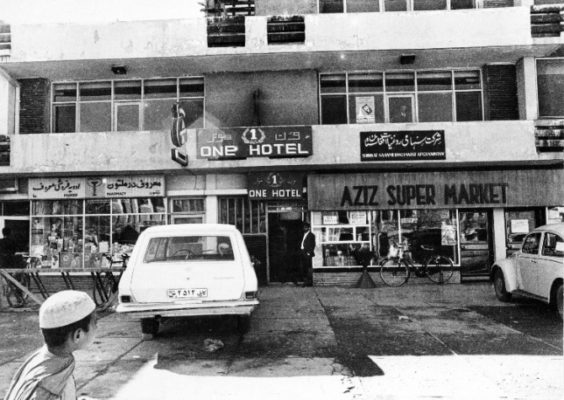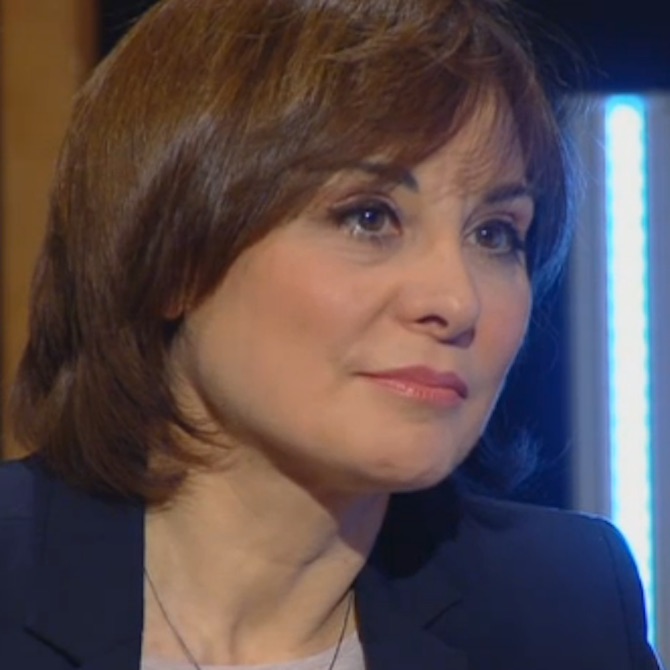Search
To search for an exact match, type the word or phrase you want in quotation marks.
A*DESK has been offering since 2002 contents about criticism and contemporary art. A*DESK has become consolidated thanks to all those who have believed in the project, all those who have followed us, debating, participating and collaborating. Many people have collaborated with A*DESK, and continue to do so. Their efforts, knowledge and belief in the project are what make it grow internationally. At A*DESK we have also generated work for over one hundred professionals in culture, from small collaborations with reviews and classes, to more prolonged and intense collaborations.
At A*DESK we believe in the need for free and universal access to culture and knowledge. We want to carry on being independent, remaining open to more ideas and opinions. If you believe in A*DESK, we need your backing to be able to continue. You can now participate in the project by supporting it. You can choose how much you want to contribute to the project.
You can decide how much you want to bring to the project.

MB: To investigate the structures of art sometimes you develop projects, books or curate exhibitions. In the case of the show “Objetos para un rato de inercia” (Objects for a moment of inertia), that took place in the Elba Benítez gallery in Madrid and which brought together works by David Askevold, Alighiero e Boetti, Luis Camnitzer, Barry Le Va and Francesc Torres. The declaration of principles was clear: “History, despite its insistence on the contrary, pertains to the present. History is always being made. It is a process not a result. History, and the writing of History, are one and the same thing.” Is it a way of activating propositions that took place in the past, of which only the record or narrations are left? Do the historic investigations serve to understand the present better?
MGT: Definitely. If it wasn´t for the fact that I believe that each historic narrative, that I use as an excuse to generate another narrative, didn´t have an impact on our contemporaneity their wouldn´t be any reason to use them. In this sense, my initiatives are a conversation between my personal interests, with the understanding that I do them through a subjectivity that is situated in the present, as well as an interest in the more complex range of art that makes it possible for my work to exist. In this sense, it’s not just me as a person that activates these narratives, but a more complex system that supports the need for this revision.
MB: Your works function perfectly as stories, you meticulously investigate events, details about other artists’ projects, rumours and from there elaborate a history, a story in which the objective data and your interpretation coexist, sometimes endowed with a certain poetics. What is your stance in relation to more recent art history, to what is told, what is omitted and what is very superficially explained?
MGT: My pieces are very personal narratives that have to do with sharing my own experiences, desire or interest in a specific history. In this sense I see it as a way of making history, though very different from the one that pretends to tell the truth. Perhaps my narratives function as complements to those more official ones, as it is these details that are omitted that, most of the time, catch my attention.
MB: What is your working methodology?
MGT: When a piece is exhibited, a long time has passed from the moment when the episode in question excited me. The majority of times I begin an investigation, not very methodologically, about something that interests me and afterwards, at some point, I see the potential for it to convert into something that would be interesting to recount more publicly. The majority of times I rely on these things that have drawn my attention, the notes in a box on my desk and, little by little, different invitations end up also defining which ones are made and presented in specific temporal or geographic situations.
MB: What are the main points of confluence and also differences between your role as an artist and when you expand it on occasion to become curator of exhibitions?
MGT: To me there don’t seem to be that many differences. I am an artist, and my interventions as a curator have to do with looking for a different way of sharing my interests. Sometimes it can seem more to the point to make an exhibition that tells the story in a more personal manner, hence the exhibitions. But in reality I see it all as a single body of work.
MB: You often cite works or parts of work that are already made to begin your own process. Would you allow your works also to become the object of citations, appropriations, re-enactments or revisions?
MGT: It would be an honour if somebody one day saw them this way, and would continue these narratives, in whatever manner, to know that in some place in the world someone might continue to be interested. In the end, one works just for this to find people who have similar interests. I think that in the end my work comes down to this.
MB: Are you concerned about the notion of truth? Do you think that truth is possible in art?
MGT: No, I have absolutely no interest.
MB: What is your relation with the Internet, for you, is it a tool for research, communication or dissemination?
MGT: Obviously it is always my first point of contact with a subject and many times it leads me to investigate things in a less methodological way, a richer way. It situates normal people, everyday people, at the same level as books and official sources. Internet is present all the time, and I don´t blame it for often being wrong. I like it. What better way to divert an investigation towards something contradictory or further from the truth. It is there that one finds relations that potentially become something interesting, in the weaving of a new way of telling a story.
MB: Many of the works that you make at present could be disseminated perfectly via the Internet however they tend to be shown within the parameters of the institution. Have you ever thought about sometimes using the possibility of other routes to show and distribute your work?
MGT: I’ve never thought about it in depth. I believe that in the end I’m interested in the experiential part of art however contradictory that might seem. The use of films and slides, for example, has to do with having a cinematic experience, which would be lost if it was seen on a small monitor. I believe that there are pieces that can be disseminated on the Internet, but not the majority of mine. I am as concerned about the experience, as about the data within them.
MB: Do you think that the institutional framework (museums, art centres and also big events like Documenta or international biennales) is flexible and does it adapt to the new needs required by artistic practices?
MGT: Yes, it doesn’t trouble me. I believe that I have constantly tried to use this framework to talk about what I want to. Obviously there are limitations, but there is also a lot of flexibility. I believe that up until now, each time they have invited me to exhibit in a biennale or an exhibition of this type, I have ended up doing my work elsewhere. For me the work exists where it is executed and not where it is exhibited. That’s the least of it.

Montse Badia has never liked standing still, so she has always thought about travelling, entering into relation with other contexts, distancing herself, to be able to think more clearly about the world. The critique of art and curating have been a way of putting into practice her conviction about the need for critical thought, for idiosyncrasies and individual stances. How, if not, can we question the standardisation to which we are being subjected?
www.montsebadia.net
"A desk is a dangerous place from which to watch the world" (John Le Carré)